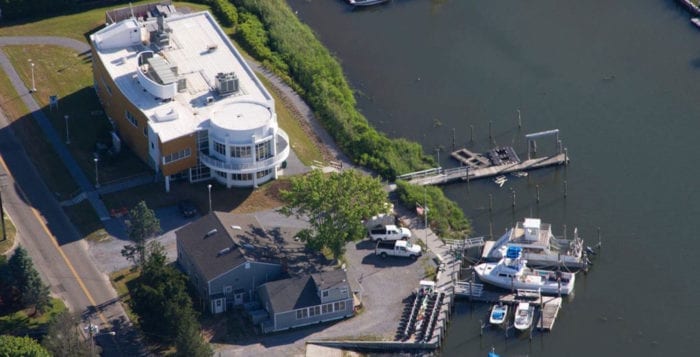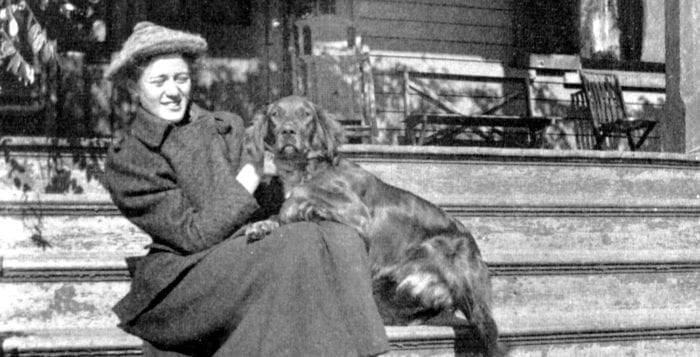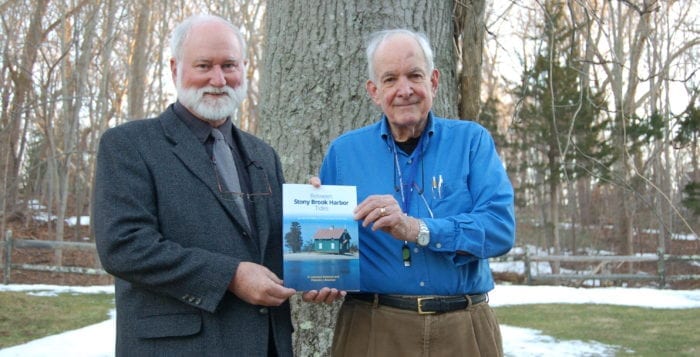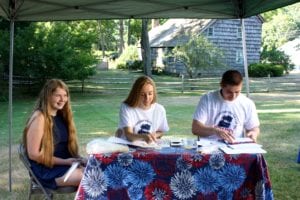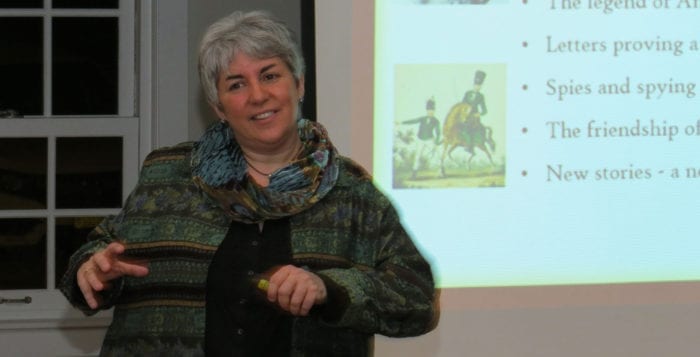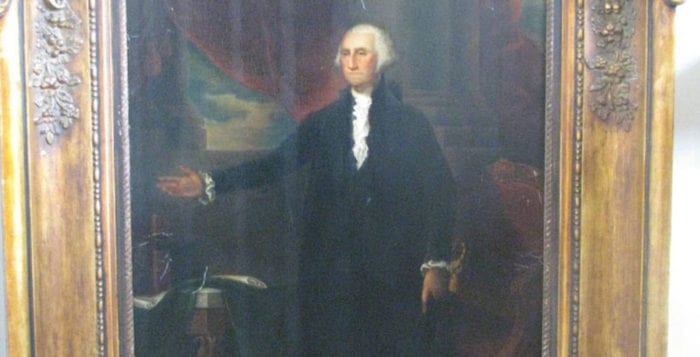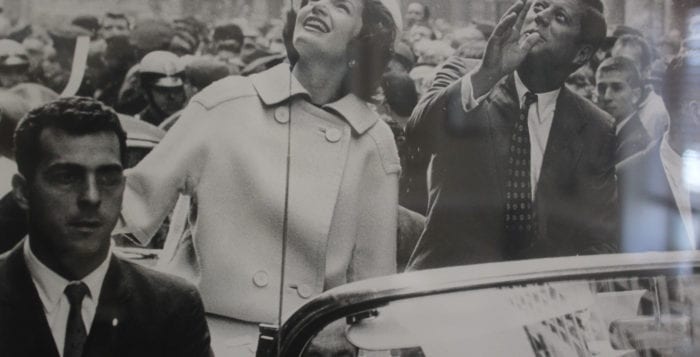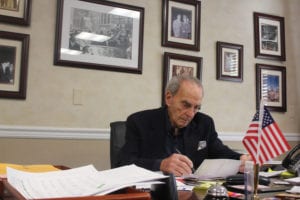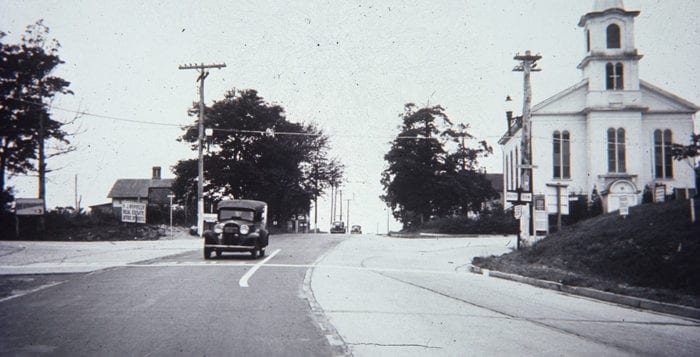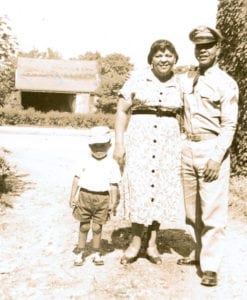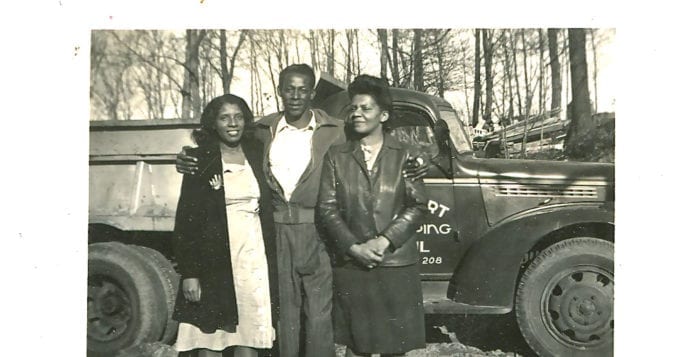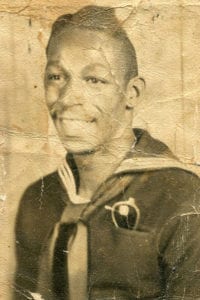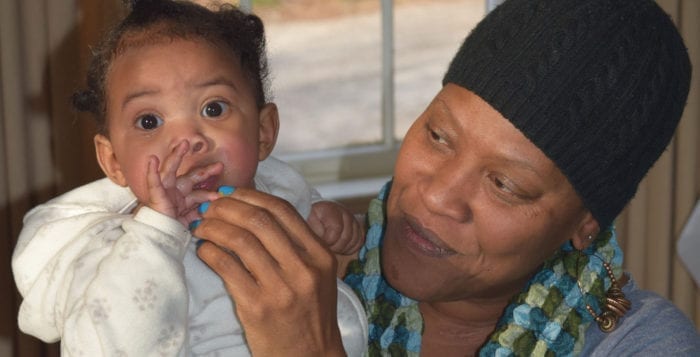Researchers often desire more data to help make the distinction between correlation — it rained the last three Tuesdays — and causation — dumping nitrogen into the lake caused the growth of algae that robbed the lake of oxygen.
Scientists don’t like to get ahead of their information, preferring to take the painstaking steps of going that extra mile to control for as many mitigating or confounding variables as they can.
Researchers are often “reluctant to say with certainty that they are correct,” Larry Swanson, the interim dean of the School of Marine and Atmospheric Sciences at Stony Brook University said.
This hesitation to indicate a certain conclusion can raise challenges for politicians, who would like to rely on scientific proof in developing plans for their constituents.
“Policy people want to create a law or regulation that is definitive and will have the desired outcome,” Swanson added.

Since he began working in and around Long Island waters in 1960, he started his work collecting data at wetlands around New Haven, and has since studied hypoxia — the process through which oxygen levels are depleted in waterways.
Swanson urges a more extensive collection of data around Long Island.
“I believe we need to monitor the physical environment for changes not just for time series data, such as temperature, but in order to understand how ecological processes are being altered as a consequence of warming,” Swanson said.
Henry Bokuniewicz, a distinguished service professor of oceanography at Stony Brook, said there was a coastline monitoring program in place in 1995 after nor’easters and hurricanes in 1992, but that the effort petered out.
“This should be re-established if [New York State is] serious about coastal impact of shoreline changes,” he said.
Bokuniewicz also suggests measuring and recording waves that are close to shore, and water levels at the ocean coast and interior bays.
Stony Brook had an initiative for additional hires in a cluster for coastal engineering and management, but never completed the hires for budgetary reasons, Bokuniewicz said. “We could do much better with a new generation of scientists dedicated to the Long Island shore,” he said.
Scientists acknowledge that the study of climate change rarely involves establishing the kind of linear connection between action and reaction that turning up the thermostat in a house would provide.
Scientists distinguish between the weather — is it raining today, tomorrow or next week — and the climate — how does March in New York compare to March in North Carolina?

The climate, generally, remains consistent with a long-term outlook, even if Long Island might experience an unseasonably hot July, an unusually cool September and a heavier-than-normal snowfall in December.
With climate change, scientists collect as much data as they can to determine how the climate is shifting. That presents significant challenges: how do researchers pick data to feed into their models and the patterns to explore?
The broader trend in March could be that spring starts earlier, extending the growing season and creating opportunities for insects, plants or animals to affect the habitat. That could be slightly different this year, amid a cold snap that lasts more than a few days, or in the wake of an unexpected blizzard days before spring.
Indeed, until, and even after there is a scientific consensus, researchers debate long into the night about their interpretations, conclusions and simulation models.
More often than not, scientists crave more information to help them interpret evolving conditions.
“While we know in general why hypoxia will be bad, we can’t really predict it,” Swanson said. “When will it start? How long will it last? This is because we do not understand all the processes — things like the role of bacteria, phytoplankton and the blooming processes and water circulation.”
Science, as it turns out, is often more about collecting more information to ask better questions and developing more precise theories.
As researchers often point out, they can be wrong for the right reasons and right for the wrong ones, all of which, they hope, helps them understand more about the inevitable next set of questions. And, as scientists have offered, it’s a never-ending discussion, as the best answers lead to more questions.

